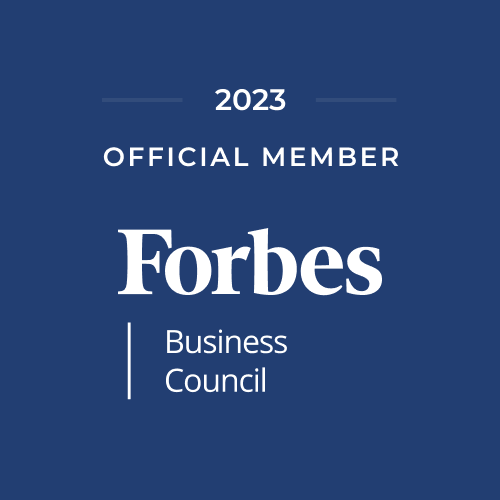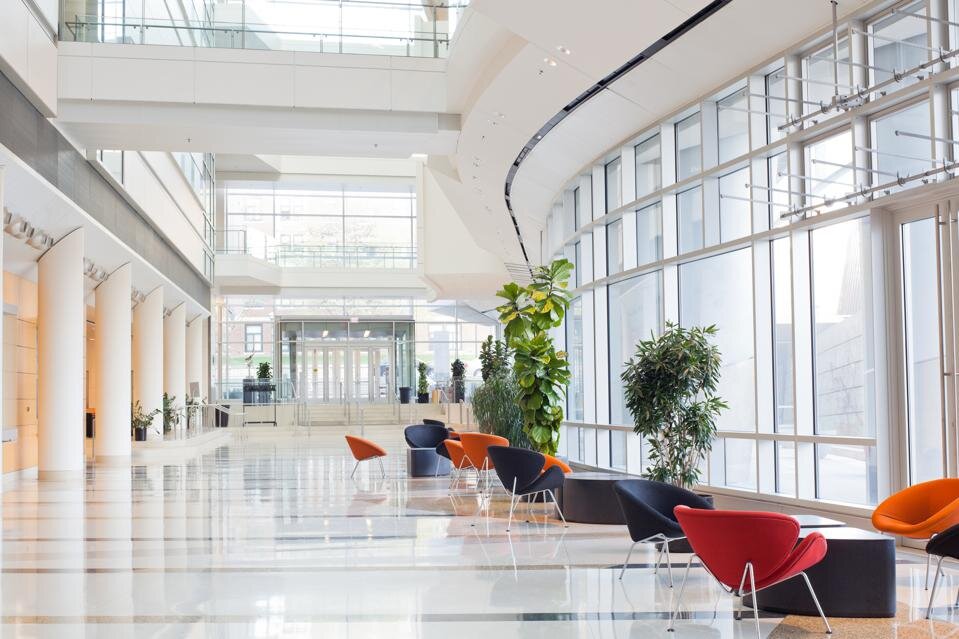Nothing Like A Normal Downturn: Marci Rossell Delivers The Goods for CoreNet Global and CREW Atlanta
/Economist Marci Rossell eats Federal Reserve Bank data for breakfast and labor and employment reports for lunch. She is a walking font of knowledge. The former CNBC chief economist somehow synthesizes economics, politics, culture and media into one lively and fascinating narrative.
Hey, she can make crowds laugh about economic trends. I’ve seen her do it.
And so it was in late January of the year 2021. The Atlanta Chapters of CoreNet Global and CREW Atlanta assembled - virtually - to hear Marci bring the knowledge and the all-important forecast. This is the 13th time she has done so. Every other time before Marci’s speech, there was a frenetic grip-and-grin fest of catching up in person with local Atlanta real estate friends. Then the group tucked into eggs and bacon.
This time, the high heels and ties are nowhere to be found. Instead, the Atlanta real estate community dialed in from armchairs, kitchen tables and, hopefully, a few real offices. It feels like we are turning the corner in this pandemic, but does our virtual keynote speaker agree?
Interest in what Marci has to say has never been higher. “Where do we go from here?” I could feel everyone on the Zoom saying to Marci telepathically.
This Ain’t Your Normal Market Crash
Let’s not bury the lede: “We are about to come out of the COVID Cave after a long 10 months,” said the keynote speaker. “If we haven’t been vaccinated, we know people who have, and this is very exciting.” “I am predicting a major economic recovery in the second half of this year,” Marci said.
She went on to compare this very unusual time to some past downturns:
Unemployment typically peaks after a recession, but this time the job loss was immediate.
Normal downturns happen when you have an economic shock that starts in one sector of the economy (like real estate) and then move out from there.
This time around, there was a healthcare shock that started independently of the economy and then moved inward.
All the normal forecasts we could make in a ‘normal’ downturn are pretty much out the window.
Typically, the job market is the last thing to react in a downturn, but in 2020, jobs were the first to be impacted. Currently, the unemployment rate has come back very robustly to 6.7%, though, which is lower than Marci expected at this point.
We are at about 90% of GDP and general economic activity at this point in 2021 compared to January/February 2020
Americans have had a rapid and persistent increase in the savings rate. Many started this downturn with a strong balance sheet as compared to 2009 when Americans were heavily in debt before the crisis which changes the way we look at the world.
If you haven’t lost your job, your personal balance sheet probably looks better than it has at any point in your life.
The elevated savings and strong personal balance sheets of millions of Americans are important to understanding how strong our economic recovery will be when we feel safe again.
How Covid is Transmitted…Through the Economy
We’ve all read hundreds of articles on how the virus is transmitted physically. Marci was very clear; “I don’t want to talk about anything else but solving the Covid problem…I want my life back!”
However, until Marci’s talk, I’d not given thought to how the scourge is transmitted economically.
“We pass the economic infection along through income, through wealth, and through uncertainty,” Marci said. “While income has been unequivocally negative, wealth has gone in the opposite direction. This is highly unusual.” Perhaps we have an upside to a significant downside occurrence.
“There was a massive stimulus package…really a rescue package that supported incomes and worked to keep poverty at bay,” Marci said. Another impact of the package; “savings have exploded..there are somewhere around $1.6 trillion in savings on the sideline just now,’ she continued.
How does real estate play into the great Covid crisis of 2020? “Residential real estate as a store of wealth has actually improved,” she said. “In fact, we’ve had the strongest residential market on record. Home values are up, and activity is up, which is as a result of a reallocation shock.” Marci went on to say that, “people are permanently changing the way that they live, play and work.”
Marci says that the work-from-home trend is going to be “permanent” based on survey data. This does not mean that everyone will work from home all the time, but it does mean the world of office space is going to have to be reconfigured into floor plates that can support a lot of meetings. Marci points out that these trends were already happening – Covid just accelerated it.
“People will not work from home for forever – nobody wants to work from home all the time,” Marci warned. She says we will have the flexibility to work from anywhere, but when executives call meetings we will have to be in the office – and potentially on our own dime if we are traveling from a long distance away.
It is clear that flexibility in options of where we will work is paramount to knowledge workers in 2021 and beyond. And as anyone in office commercial real estate knows, prices will fall before they rise. Supply and demand are immutable.
This Is Not Even Steven
“This reallocation shock is not evenly distributed across geographies, across income levels, or across sectors,” Marci said. She mentioned that some of the impact on hospitality could be ‘permanent’ as people alter travel habits.
In terms of income, the inequality gap continues to grow. For example, to those who make less than $27,000 a year, the unemployment rate is double digits. However, if you make more than $60,000 a year “the recession was over for you in summer.” Marci is a big believer the future government stimulus need to be much more targeted to those in real need.
Here’s Hoping
Cities like Atlanta are looking good compared to “densely packed, dangerous and expensive locals elsewhere in the U.S.,” said Marci. She said this is based on early anecdotal data, but looks increasingly to be valid,
Plus, the U.S. Senate race put all eyes on Georgia. “If you believe all press is good press, then Atlanta could benefit disproportionately,” she said. I would also point out that sweet tea and grits are still delicacies on the world stage.
“I’ve been speaking to you in Atlanta since 2008 – the start of the last downturn,” said Marci. “We’ve been through this before. I’m on my third president with you guys!”
“I know the next 5-6 months are going to be tough for all of us, but I’m looking forward to a resolution…to a 4th of July fireworks recovery!” “You have a tremendous amount of pent up demand and huge savings on the sidelines!,” said Marci.
Indeed. Here’s to amazing pyrotechnics in July and an in-person economic forecast in 2022 and beyond! I hope we can do better than fist bumps and Zoom meetings in the very near future. Pass the sweet tea, please?









































































